About Us Nice to Meet You!
O.K. Corral ®: Legends, Myths, Reality
On October 26, 1881, long-simmering friction between the Earps and the Clanton-McLaury gang erupted in the vacant lot behind the O.K. Corral. In a fateful thirty seconds, the Gunfight at the O.K. Corral left three men dead and three wounded.
Today, we paint this iconic event in images of black and white – lawmen and cattle rustlers, heroes and villains, a legendary example of Western vigilante justice – our vision framed by movies like Tombstone and My Darling Clementine. The West embodies an almost mythical place of independence, self-reliance, and hard-won achievement, a land of dramatic spaces where pistol-packing, high-spirited adventurers moved our nation towards greatness.
For over 135 years, the Gunfight at the O.K. Corral has captured the imagination of filmmakers, historians, and novelists – masking the complex backdrop behind the deadly tensions that exploded on October 26, 1881. After the Civil War, America’s industrial growth spurred rapid Westward expansion. Boomtowns like Tombstone provided fertile ground for continuing the war’s sectional strife. Northern businessmen and Texas cowboys brought their economic, political, and social conflicts with them into the Arizona Territory.
Three years after claims were first staked in this isolated corner of southeastern Arizona deep in Apache territory, silver production reached nearly $11 million. Republican entrepreneurs jockeyed with Democratic ranchers for control of Tombstone’s enormous wealth and power.
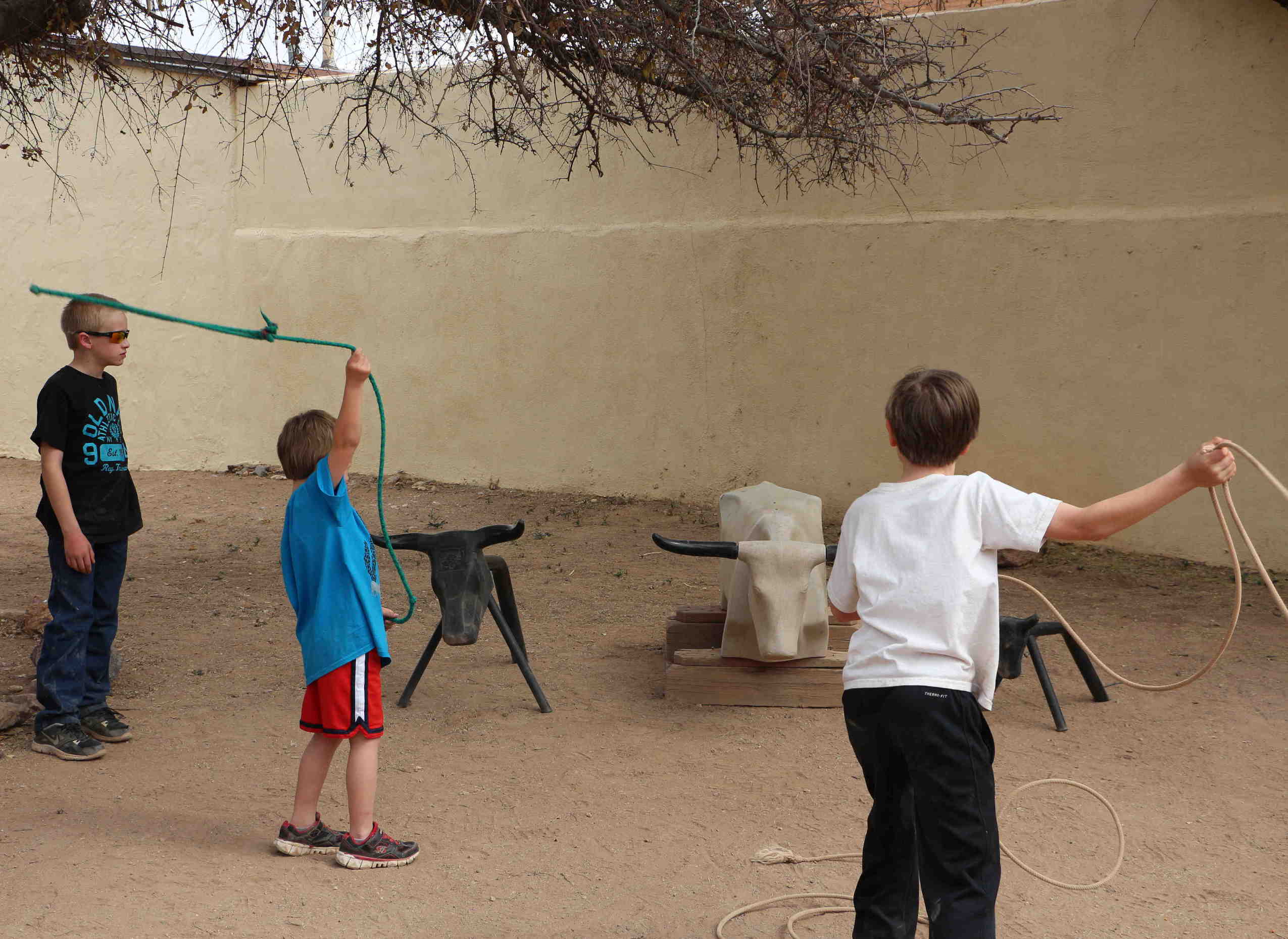
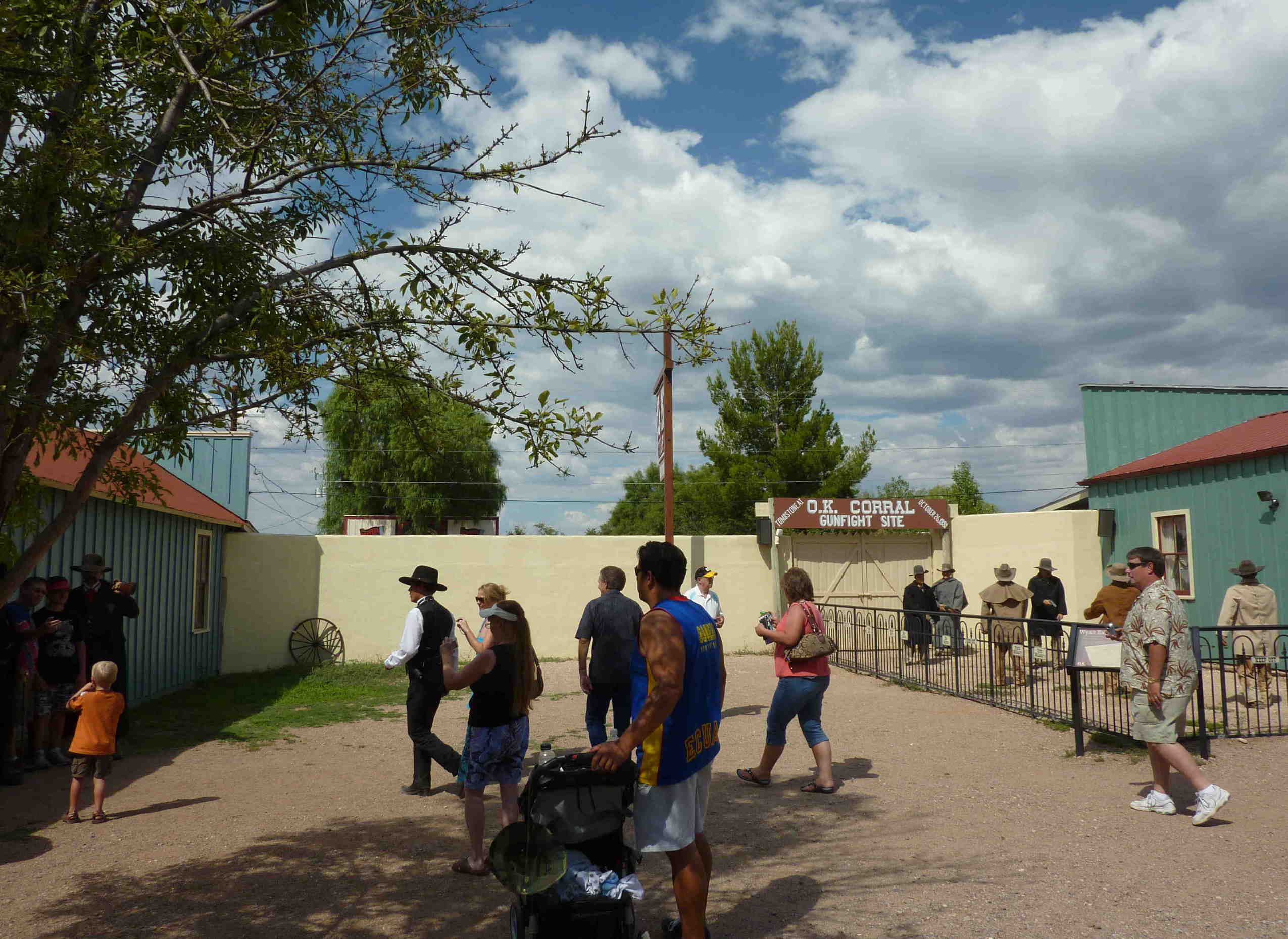
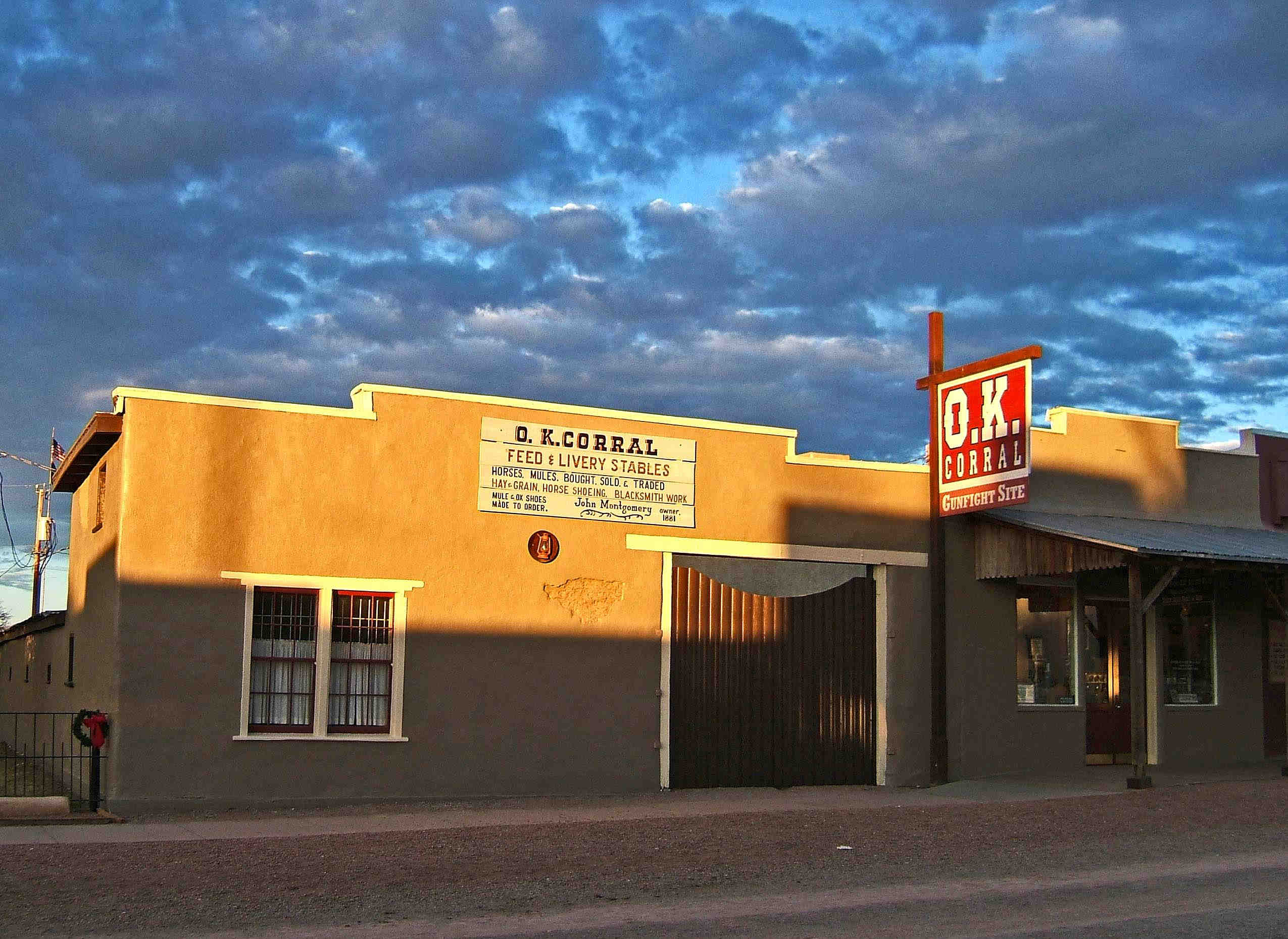
Almost overnight, Tombstone’s Allen Street sprouted a streetscape of fine Victorian hotels and theaters, interspersed with saloons, gambling halls, brothels, and livery stables like the O.K. Corral crucial to the town’s financial success. Town facades, dominated by single-story, thick-walled adobe buildings, were soon punctuated with fashionable multi-story American Renaissance structures like the Cochise County Court House and City Hall.
Tombstone's prosperity, however, was short-lived. By the 1890s, as water filled the silver mines and fires ravaged the town, many Tombstone residents left for more promising horizons. Yet a core of families and businesses – including the O.K. Corral – remained to rebuild their town after the boom turned to bust.
Tombstone – and with it the O.K. Corral – survived, responding to Americans continuing fascination with the "Old West" frontier. Temporarily transformed from a livery to an "auto corral," the O.K. Corral has been restored, reclaiming it's special place in our nation's history.
Traveling through authentic heritage landscapes like Tombstone reaffirms our connection with the past. Whether walking side by side with Wyatt Earp along Allen Street's covered wooden sidewalks, grabbing a coffee at a bed-and-breakfast overlooking the desert, or touring historical museums or haunted mines, Tombstone – a National Historic Landmark – offers unique opportunities to brush shoulders with the legends of the Wild West and experience "The town too tough to die."
Our Blacksmith
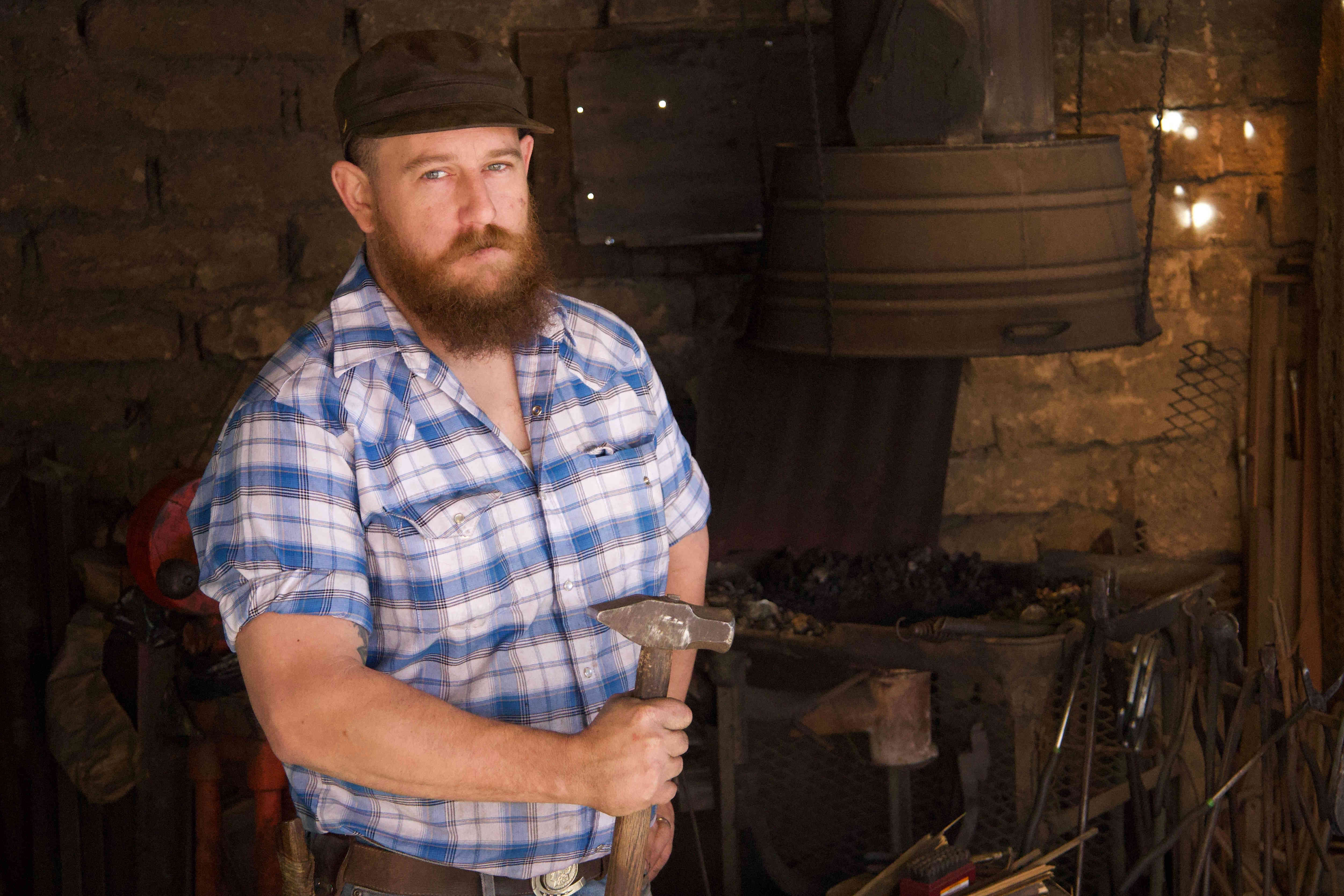
Jesse Howard Working in the traditional style of the 1880s, we are proud to have one of the most skilled blacksmiths west of the Mississippi!
Our Actors
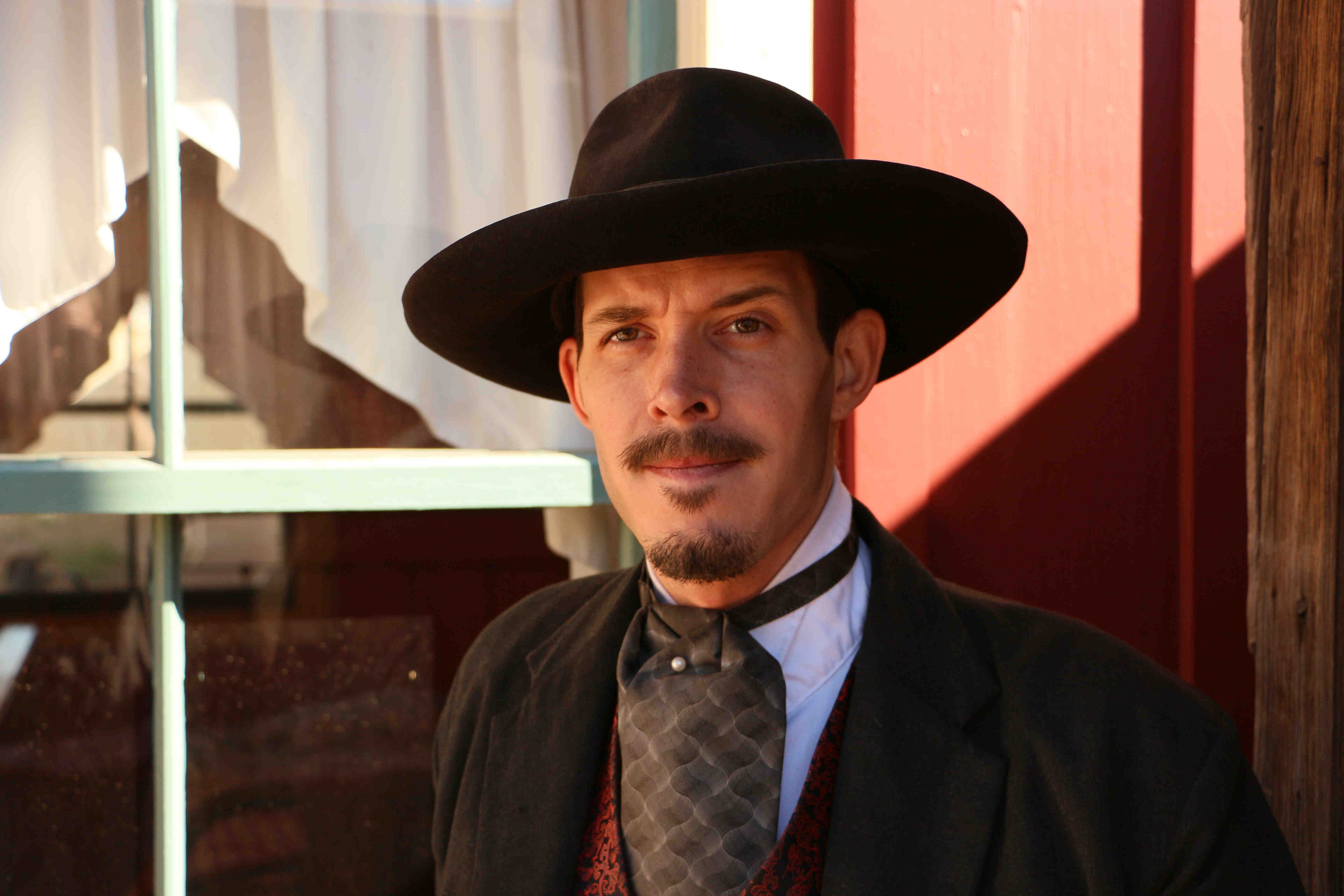
Kyle Director
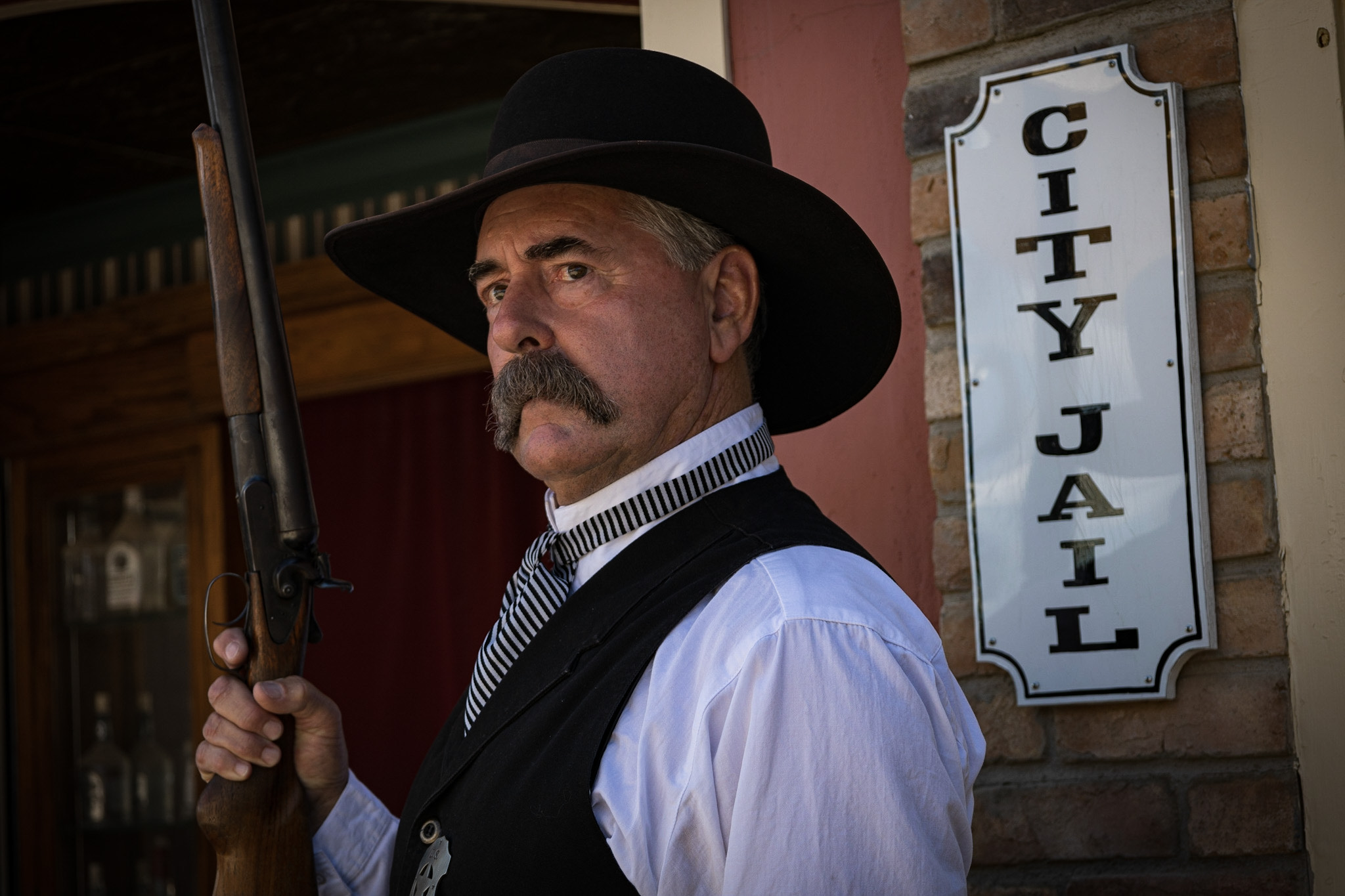
David
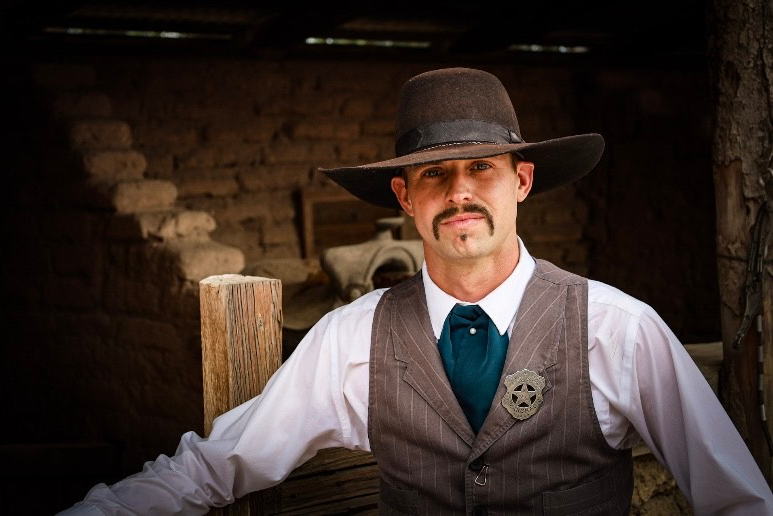
Reece
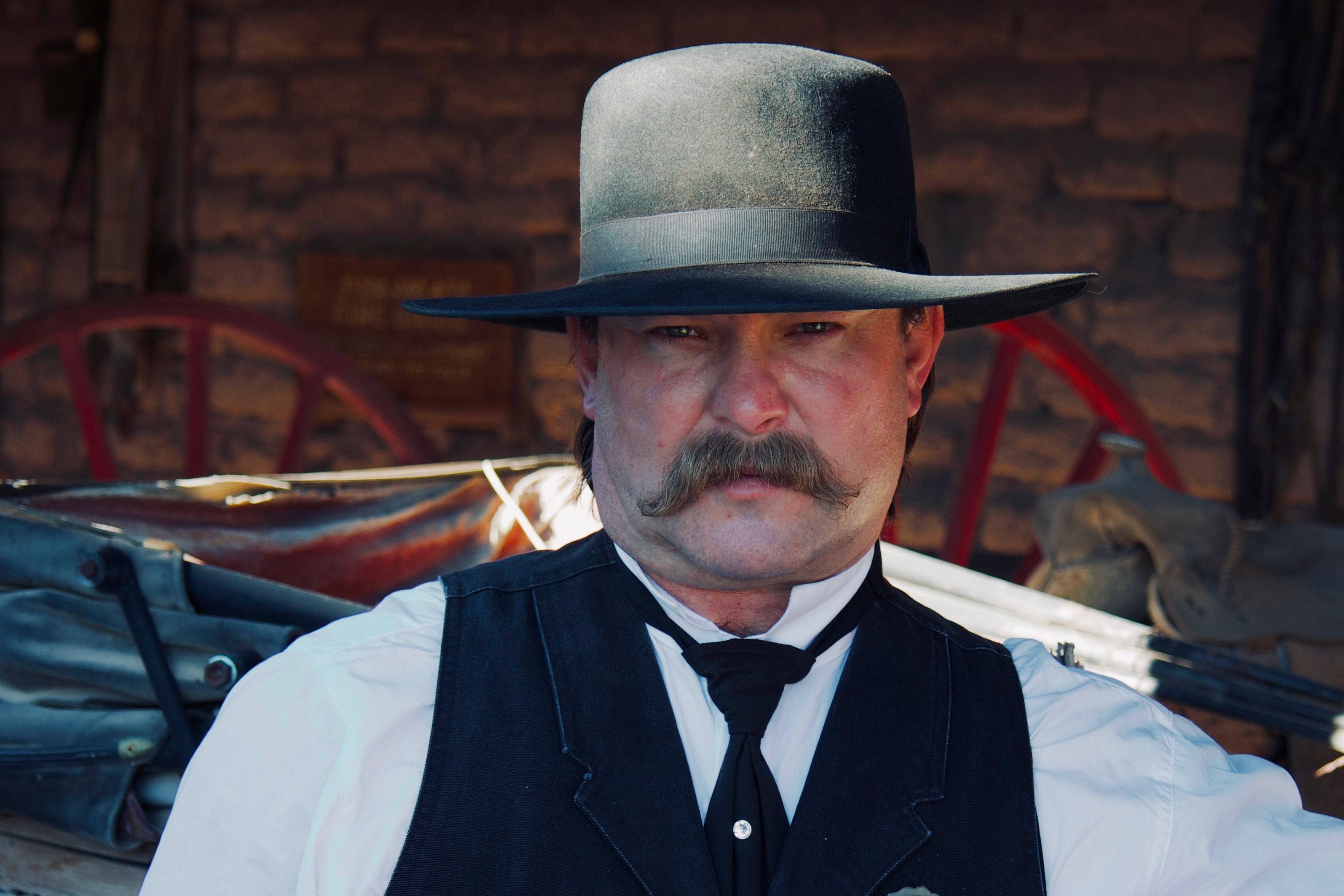
Todd
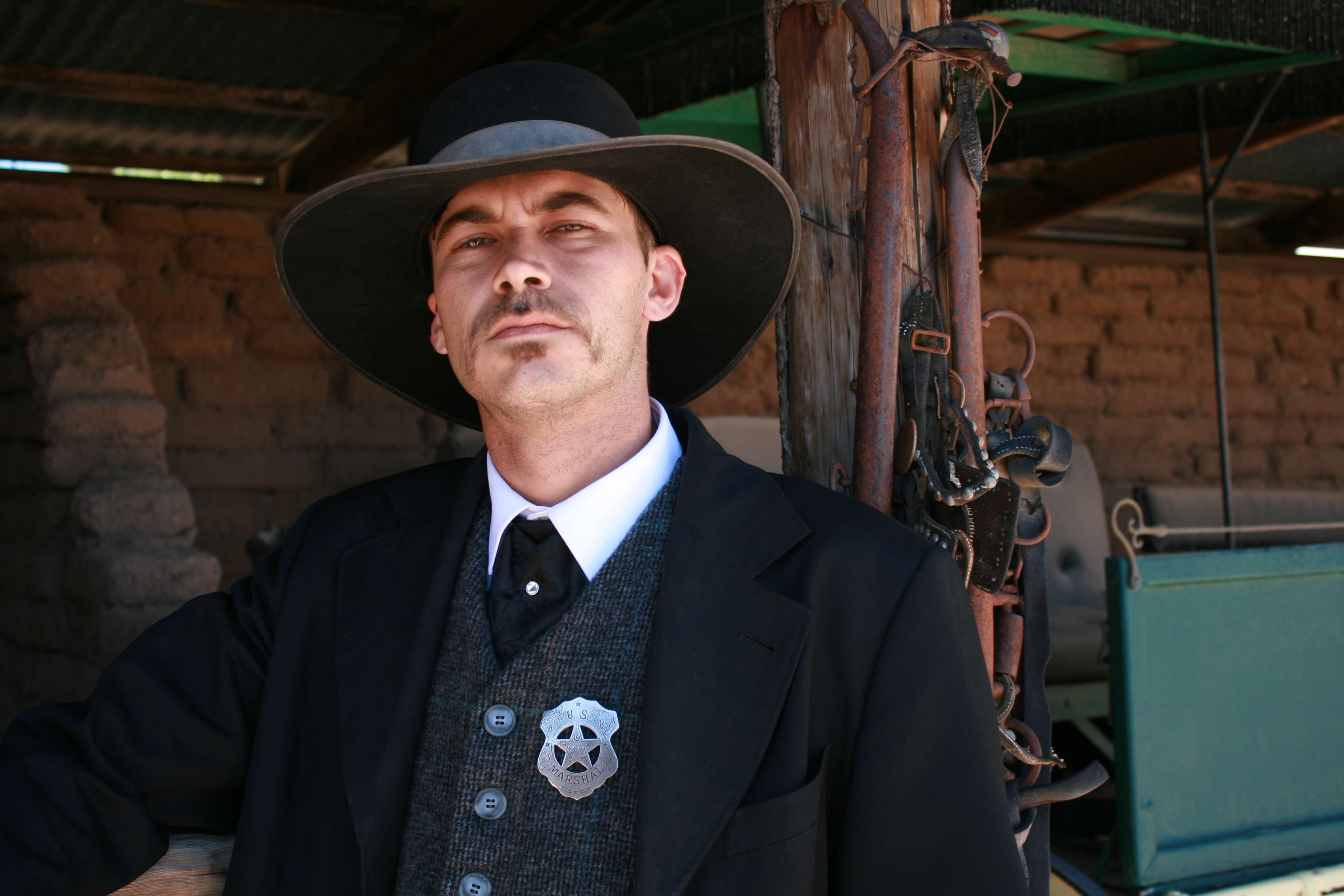
Aaron
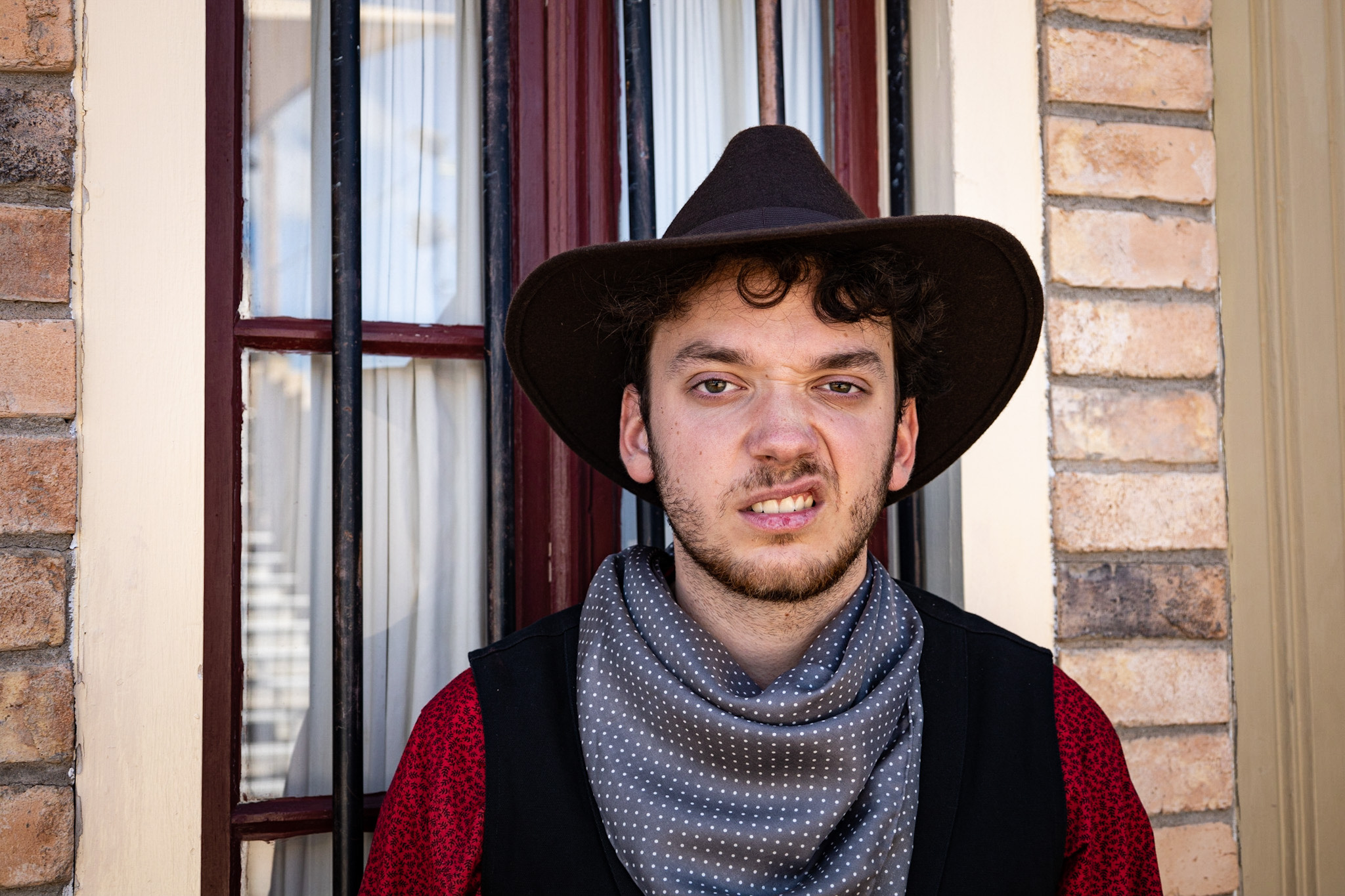
Spencer
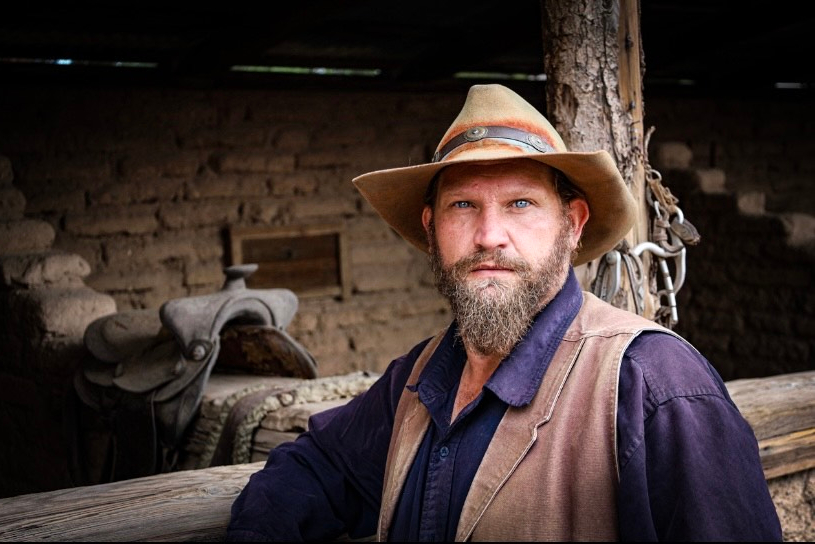
Jake
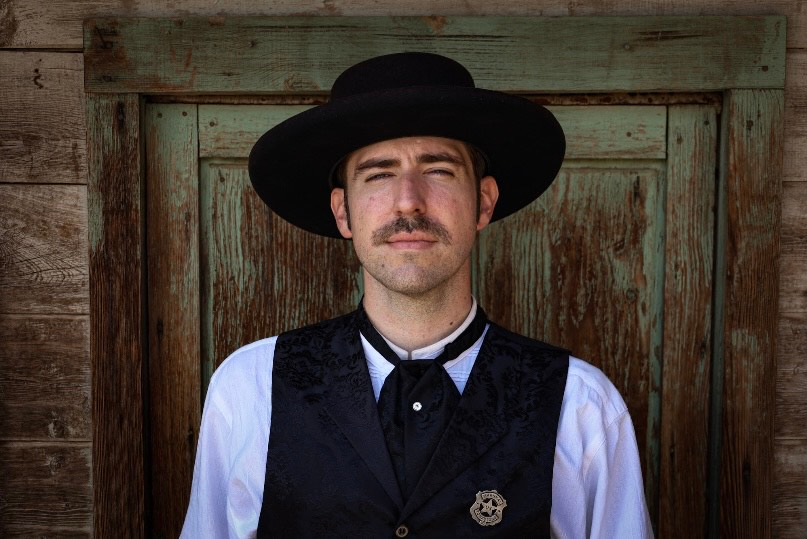
Gabriel
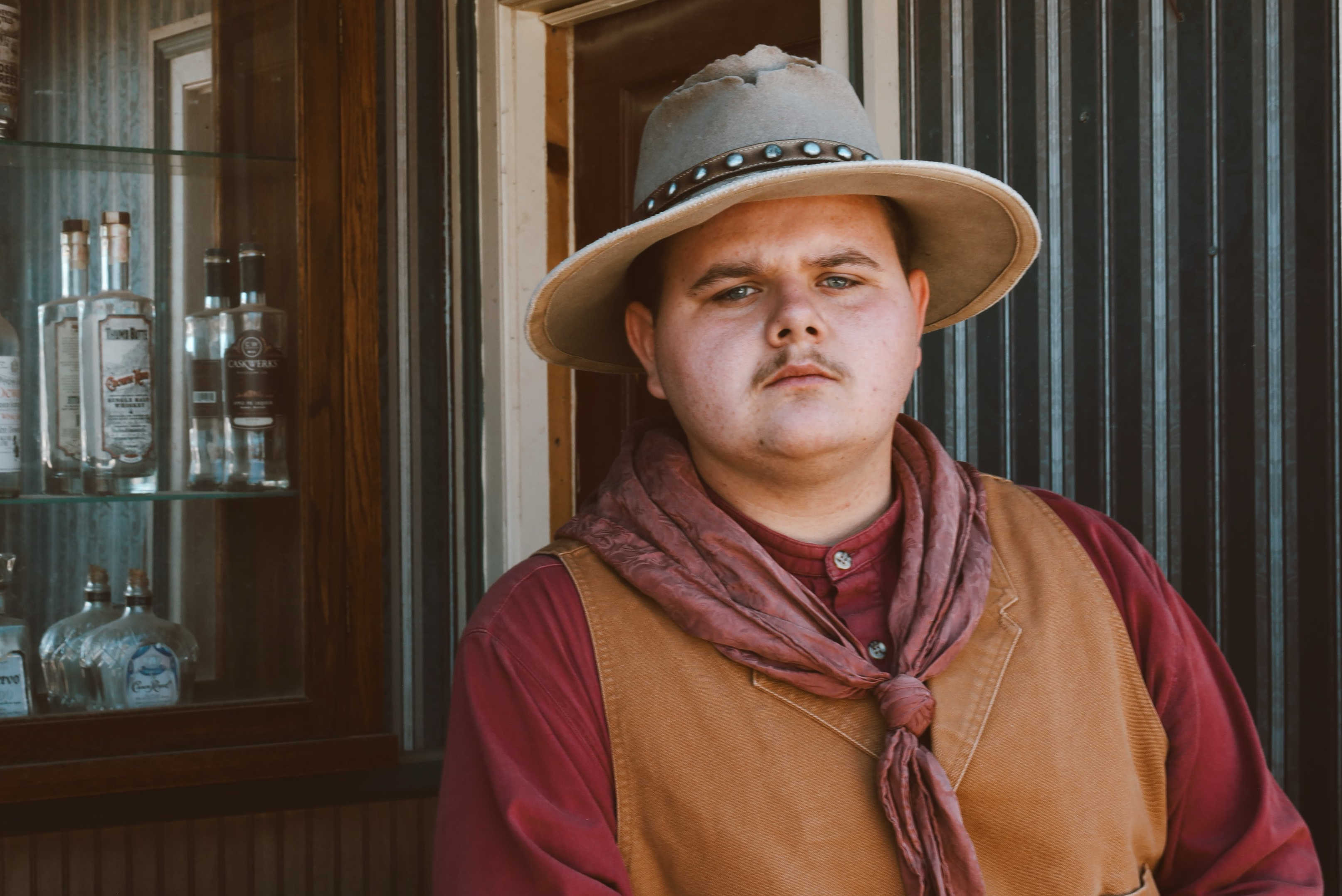
Trenton
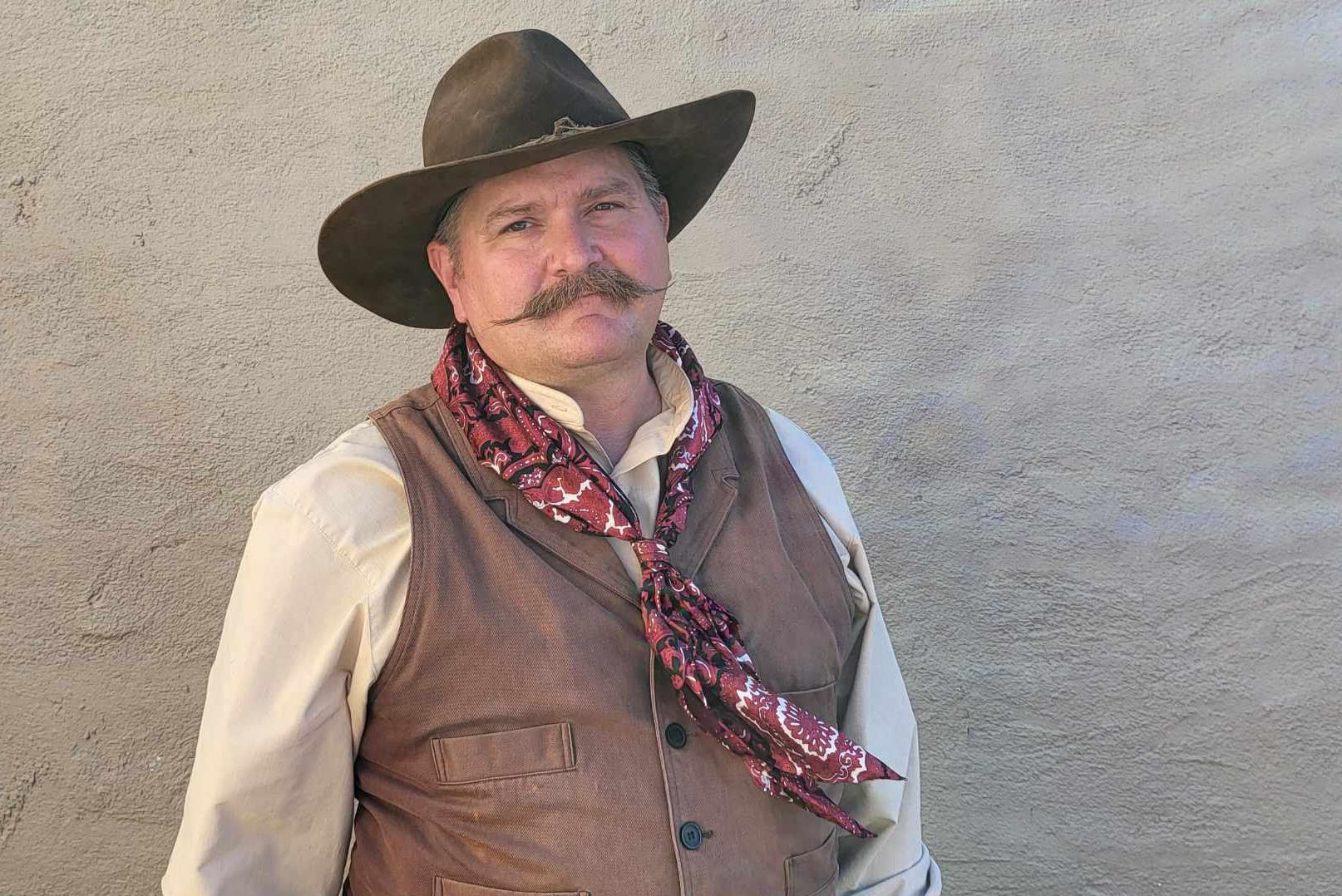
Erik
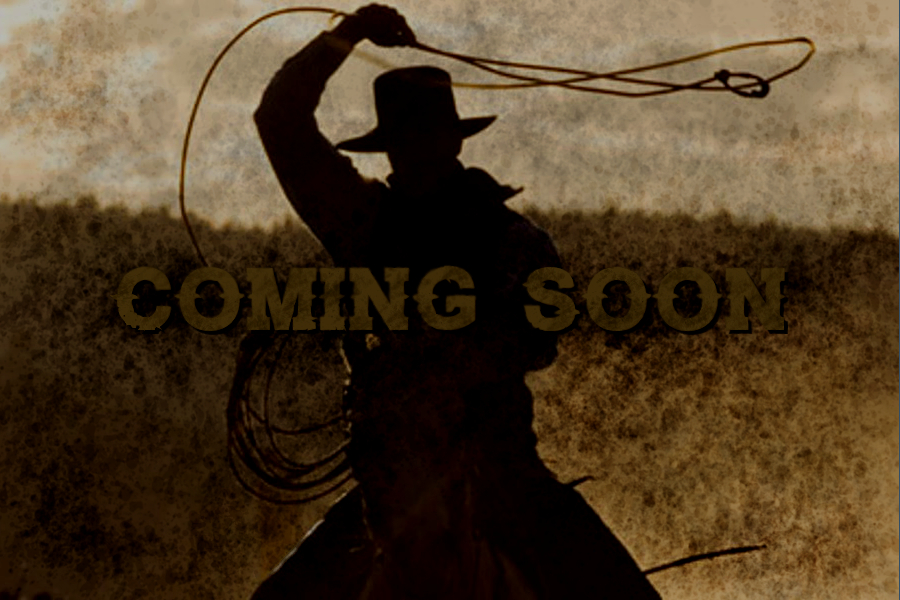
Ryan

Ethan
Our Staff
O.K. Corral and Tombstone's Historama staff: Hedy (Manager), Colin, and Trenton
The Tombstone Epitaph Museum staff: Bonnie and Burt
Administrative staff: Bob (President), Evans (Webmaster and Social Media), Gina (Office Manager)